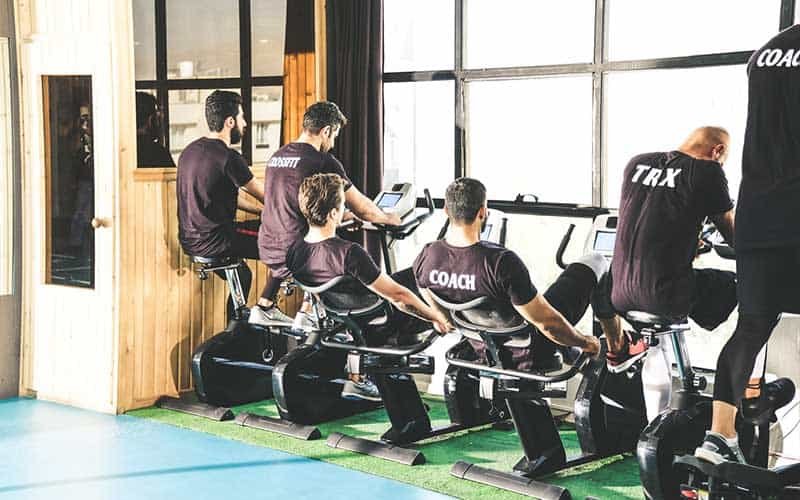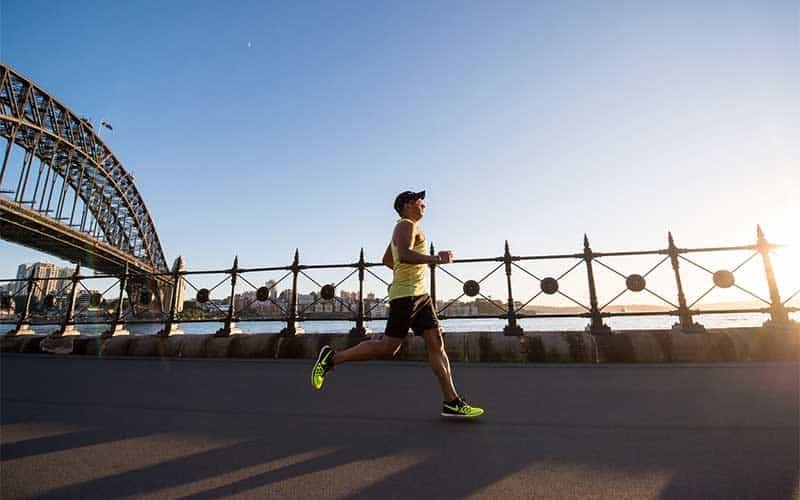Tips for A More Efficient Triathlon Training

But it is possible to streamline your triathlon training to allow you to achieve your performance potential while still living up to your other responsibilities. The key is efficiency. Below are six principles that will help you get the most out of your limited time and energy.
1. Choose frequency and consistency over occasional big days.
For instance, if you are on a business trip and have a window of about 45 minutes before meeting clients, avoid lying around just watching TV. Instead, squeeze in a short workout. While it may not be worth the same as more extended sessions, it is still useful for boosting fitness, is easy to recover from, and can be quickly scheduled.
Many athletes end up trying to cram in much of their training during the weekends in long sessions. But while occasional big days are also essential, they should only be a welcome addition to shorter, consistent workout routines. Your body makes adaptations that encourage fitness through long-term and frequent stimuli, so strive for frequency when training for all three disciplines.
2. Aim for balance, not for volume.
In ensuring a balanced and effective plan, the key is identifying which sessions are non-negotiable. These should include high intensity and key endurance sessions that are most beneficial for improving your fitness. Schedule these workouts for times that you are sure will not come in conflict with your other responsibilities. Aim to go focused and fresh into these workouts by getting good sleep and nutrition prior.
Doing your priority workouts well will increase your essential fitness metrics, like your threshold and aerobic capacity. These workouts also stimulate the toughness that your mind needs to persevere during the race.

3. Choose intensity zones according to your goals.
Cycling also depends much on muscular power than running, which relies on cardiorespiratory fitness. Cycling on an indoor trainer is more efficient than outdoor cycling because it allows you to execute workouts at precise intensities without dealing with traffic, stoplights, the weather, or other outdoor obstacles. If you want to improve your speed, riding indoors and riding hard is essential.
On the other hand, your run fitness will improve most on volume and frequency rather than intensity. Most triathletes would benefit from increasing their number of running hours to more than 25 miles a week before incorporating hard intervals and tempo runs.
These workouts require durability to endure the trauma they cause to the body and should be accomplished by increasing volume to a reasonable level rather than increasing volume and intensity simultaneously. It is often more productive for triathletes like you to practice easy and frequent running rather than performing occasional high-load run sessions, which often lead to injury and prevent you from executing key workouts within the other disciplines.
4. Allocate time according to your goals.
This means your training should also give more focus on improving your bike strength. However, for other races like the draft-legal triathlon, the swim comprises a more significant portion of the race, which means you need to spend more training time on this, especially if you are a weak swimmer.
For most triathletes who are strapped with time, striving for proficiency in the water should be a top goal. You don’t need to swim much to maintain a level of swimming fitness. Once you achieve your desired ability, you can perform two to three targeted swim sessions quite well each week.
5. Establish your intensity zones and track your fitness metrics
However, performing workouts with precision requires knowing your zones and tracking your intensity in real-time. To track your fitness, do regular field tests to develop your unique training zones and gather the data that will allow you to measure your effort in real-time, either through heart rate, pace, or power.
Every minute of your training must have a purpose. Find out what this purpose is, and understand how it fits into each respective workout.

6. Recover intelligently
The importance of recovery is rarely considered in the low-volume training approach. But a more significant percentage of an efficient training plan involves intensity, so recovery is even more essential to relieving the fatigue that these workouts cause.
Resting is when your body gets stronger, not when exercising. Going hard every day can harm your endocrine system, mess with your mood, and sabotage your performance. Avoid burn out by taking recovery seriously. Prioritize rest, nutrition, and safety, and have the courage to back down on the intensity when needed. This will allow you to perform challenging key sessions and progress more efficiently.
Triathlon is notably time-consuming. But while performing well at three sports requires substantial sacrifice, an intelligent approach to training can help you achieve remarkable gains without risking other areas of your life.
If you want to further maximize your performance without spending all your time swimming, biking, and running, we recommend hiring a triathlon training coach. At Team Enduro, we offer customized training plans that aim to provide you with the structure, analysis, and 1:1 mentorship that will help you reach your triathlon goals. Call us today at + 303-456-6969 or send us an email at wes@team-enduro.com to benefit from our efficient training plans!

Recent Comments